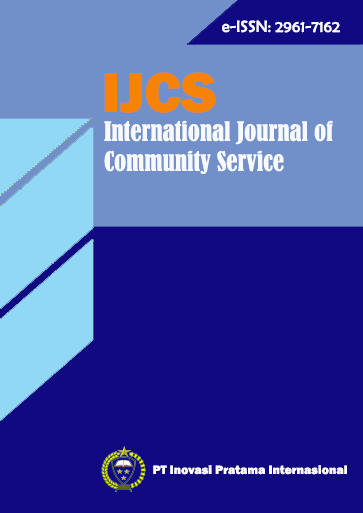Implementation of the 'Flipped Classroom' Learning Model with YouTube Content to Improve High School Students' Learning Independence in the Digital Era
Main Article Content
Abstract
This study explores the implementation of the flipped classroom model using YouTube content to enhance independent learning among Indonesian high school students in the digital era. A qualitative research approach was employed, drawing on interviews, classroom observations, and document analysis to comprehensively examine students' experiences and challenges . The research investigates the perceived benefits of this approach . The findings indicate that integrating YouTube-based flipped classrooms fosters greater student autonomy, motivation, and engagement . Students can control the pace and timing of their content engagement, enhancing their responsibility for their learning . The use of multimedia content makes learning more appealing, leading to higher levels of participation and interest . Classroom sessions shift towards collaborative problem-solving and discussions. Challenges related to internet access, digital literacy, and the varying quality of YouTube materials remain . Teachers also need support in curating and integrating digital content effectively . Addressing these challenges is essential for maximizing the impact of flipped classrooms . Future research should explore scalable strategies for teacher training and digital resource development to support integrating flipped classrooms in diverse educational contexts
Downloads
Article Details

This work is licensed under a Creative Commons Attribution 4.0 International License.

